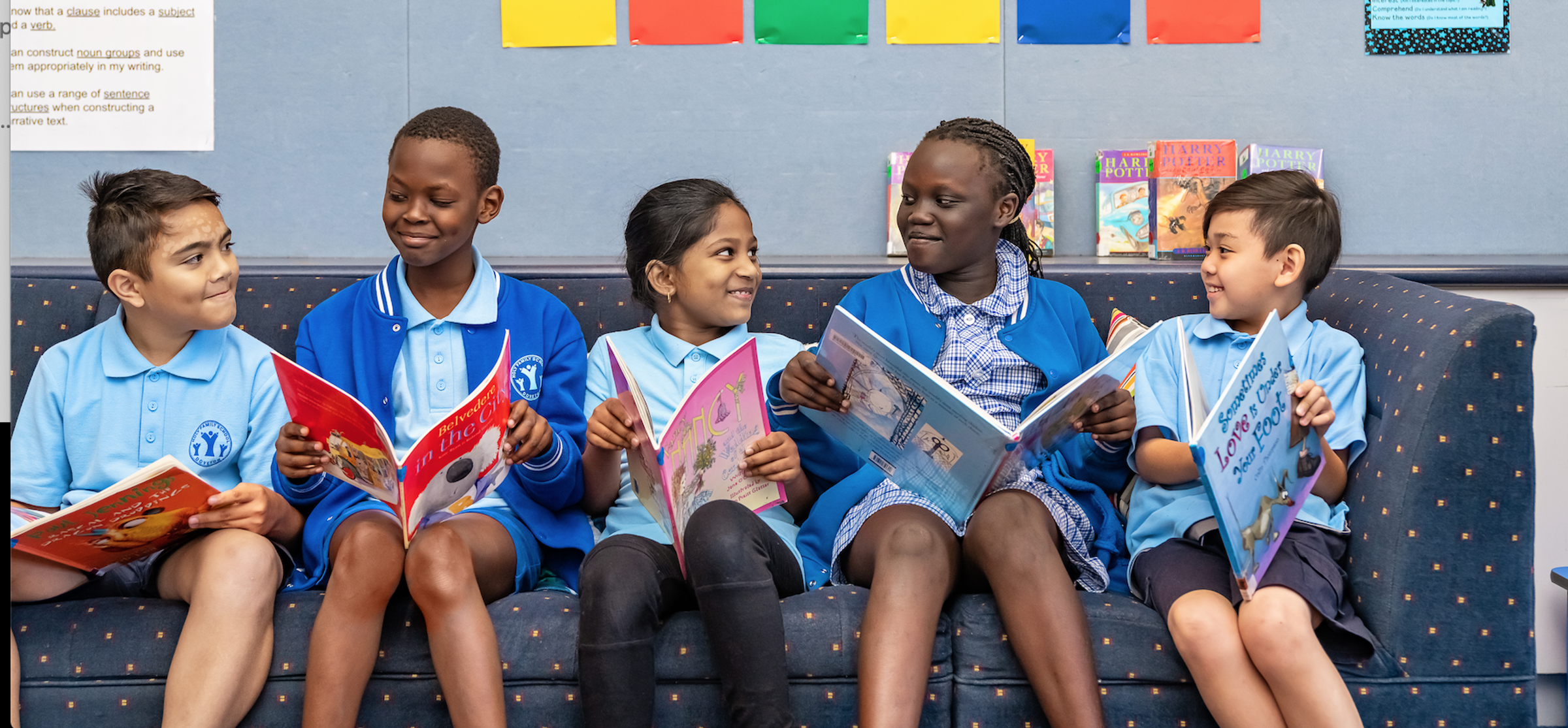Learning and Teaching

Mathematics in the Victorian Curriculum
Mathematics provides students with access to important mathematical ideas, knowledge and skills that they will draw on in their personal and work lives. The curriculum provides students, as life-long learners, with the basis on which further study and research in mathematics and applications in many other fields are built.
The curriculum is organised by the three strands of Number and Algebra, Measurement and Geometry, and Statistics and Probability. Each strand is organised by sub-strands. Sub-strands group content descriptions under an appropriate concept, to provide both a focus and a sequence for the development of related concepts and skills within strands and across levels.
| Strands | Number and Algebra | Measurement and Geometry | Statistics and Probability |
| Sub-strands | Number and place value | Using units of measurement | Chance |
| Fractions and decimals | Shape | Data representation and interpretation
| |
| Real numbers | Geometric reasoning | ||
| Money and financial mathematics | Location and transformation | ||
| Patterns and algebra | Pythagoras and trigonometry
| ||
| Linear and non-linear relationships |
Number and Algebra
In Number and Algebra, students apply number sense and strategies for counting and representing numbers. They explore the size and properties of numbers. They apply a range of strategies for computation and understand the connections between operations. They recognise patterns, build on their understanding of the number system, recognise equivalence and solve equations. They apply their number and algebra skills to conduct investigations, solve problems and communicate their reasoning.
Measurement and Geometry
In Measurement and Geometry students develop an understanding of size, shape, relative position and movement of two-dimensional figures and three-dimensional objects. They investigate properties and apply their understanding of them to define, compare and construct figures and objects. They make meaningful measurements of quantities, choosing appropriate metric units of measurement.
Statistics and Probability
In Statistics and Probability, students recognise and analyse data. They represent, summarise and interpret data and undertake purposeful investigations involving the collection and interpretation of data. Students assess the likelihood and assign probabilities. They develop an ability to critically evaluate chance and data concepts and make reasoned judgments and decisions.
Lea Drury
Mathematics Leader
